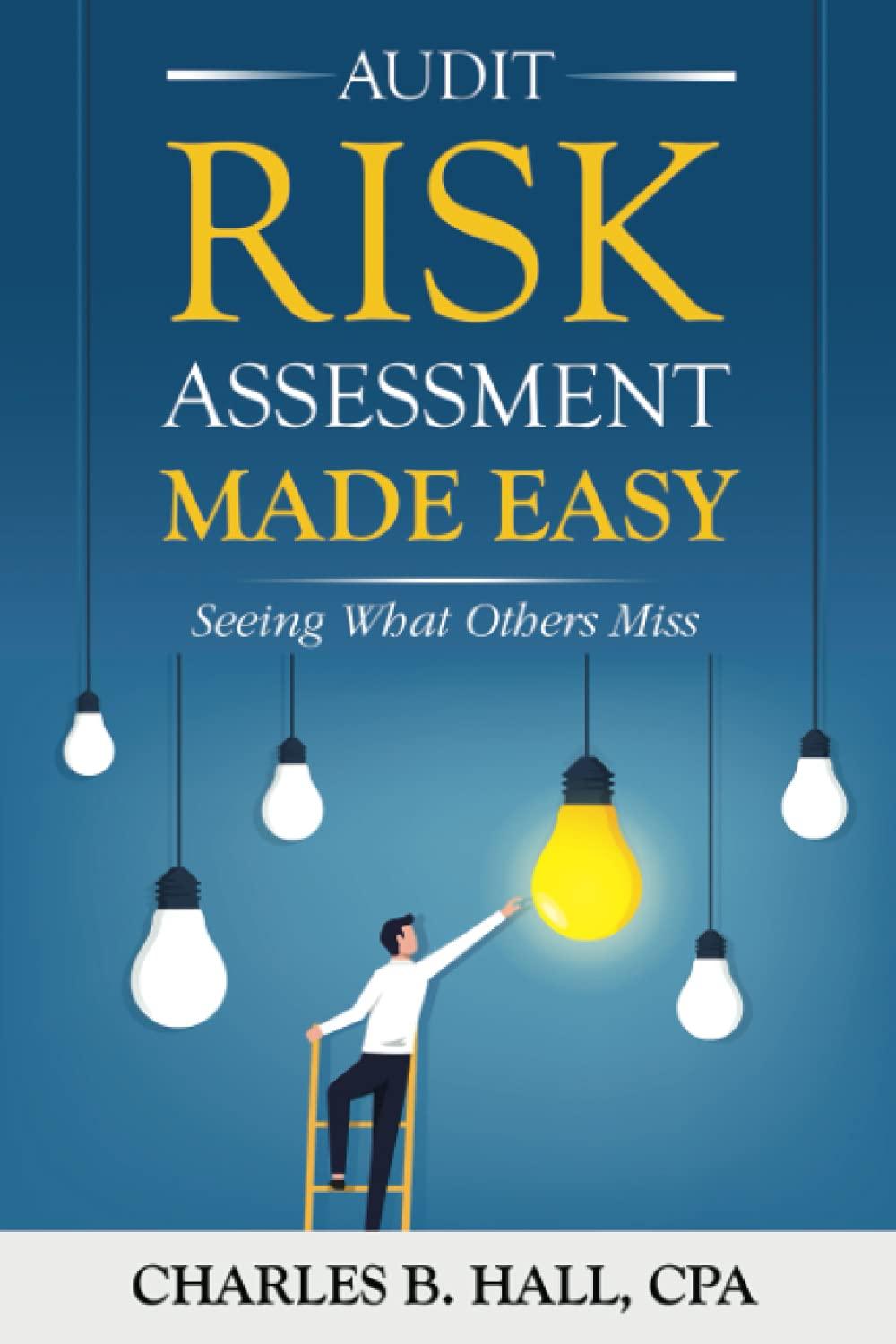Answered step by step
Verified Expert Solution
Question
1 Approved Answer
Which of the following statements about bonds and their prices is correct: There is an inverse relationship between interest rates and price. When the coupon
- Which of the following statements about bonds and their prices is correct:
- There is an inverse relationship between interest rates and price.
- When the coupon rate of the bond is greater than the required, market interest rate, the price of the bond is greater than the face value of the bond.
- The bond with a greater term to maturity is affected to a greater extent by the change in the interest rate
- All of the above
- A) and B) only
- Which of the following constitutes a difference between debt and equity?
- The right to claim against the assets of the corporation in the case of bankruptcy
- The entity issuing the security
- The nature of accounting revenue underlying the security
- Both B) and C)
- None of the above
- Which of the following describes the difference between the returns on debt and equity?
- The return on debt is more variable than the return on equity
- The return on debt is stipulated in the debt contract, whereas the return on equity is stipulated in the trust deed
- The return on debt is stipulated in the trust deed, whereas the return on equity is varied at the discretion of management
- The return on debt is not secure
- None of the above
- What is the Price of a Bond that pays a coupon interest rate of 13.5% p.a. with interest paid semi-annually, has four years to maturity and which has a Face value of $100. Market interest rates are 13.5% (Round to the nearest dollar).
- $110
- $100
- $105
- $98
- None of the above
- The intrinsic value of an asset is:
- The assets minimum value.
B) The asking price for the asset.
C) The assets replacement value.
D) The assets future cash flows compounded by the required rate of return.
E) None of the above
- What is the Present Value of an asset that pays cash flows of $1.5 million per year for three (3) years if the cash flows commence in Year Three? The required rate of return is 10% p.a.
- $3.08 million
- $4.25 million
- $5.06 million
- $3.73 million
- None of the above
- The prospective P/E ratio:
- Is positively related to the payout ratio
- Negatively related to the cost of equity
- Positively related to the past dividend
- All of the above
- A) and B) only
- What is the future value of a $2,000 invested for 15 years at an interest rate of 10% p.a. compounded quarterly? (Rounded to the nearest dollar).
- $5,000
- $7,600
- $8,800
- $6,180
- None of the above
- The value of a share is given by the present value of which cash flows?
- The last dividend and future dividends
- The most recent dividend and future dividends
- The current dividend and future dividends
- Future dividends only
- None of the above
- The interest rate is defined as:
- The opportunity cost of selling real assets
- The cost of having money in the bank.
- The cost of liquidity.
- The opportunity cost of buying real assets
- None of the above
** Please show the all mathematical steps and the Financial Calculator step if possible, Thanks.
Step by Step Solution
There are 3 Steps involved in it
Step: 1

Get Instant Access to Expert-Tailored Solutions
See step-by-step solutions with expert insights and AI powered tools for academic success
Step: 2

Step: 3

Ace Your Homework with AI
Get the answers you need in no time with our AI-driven, step-by-step assistance
Get Started


